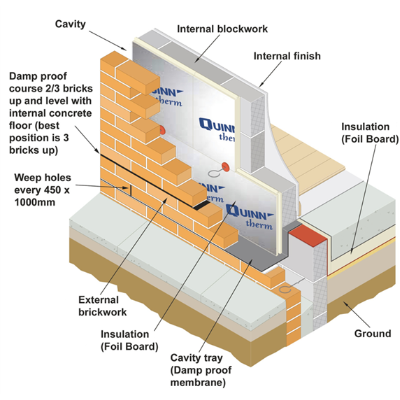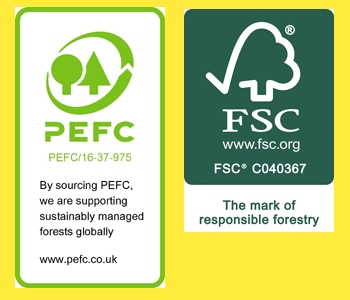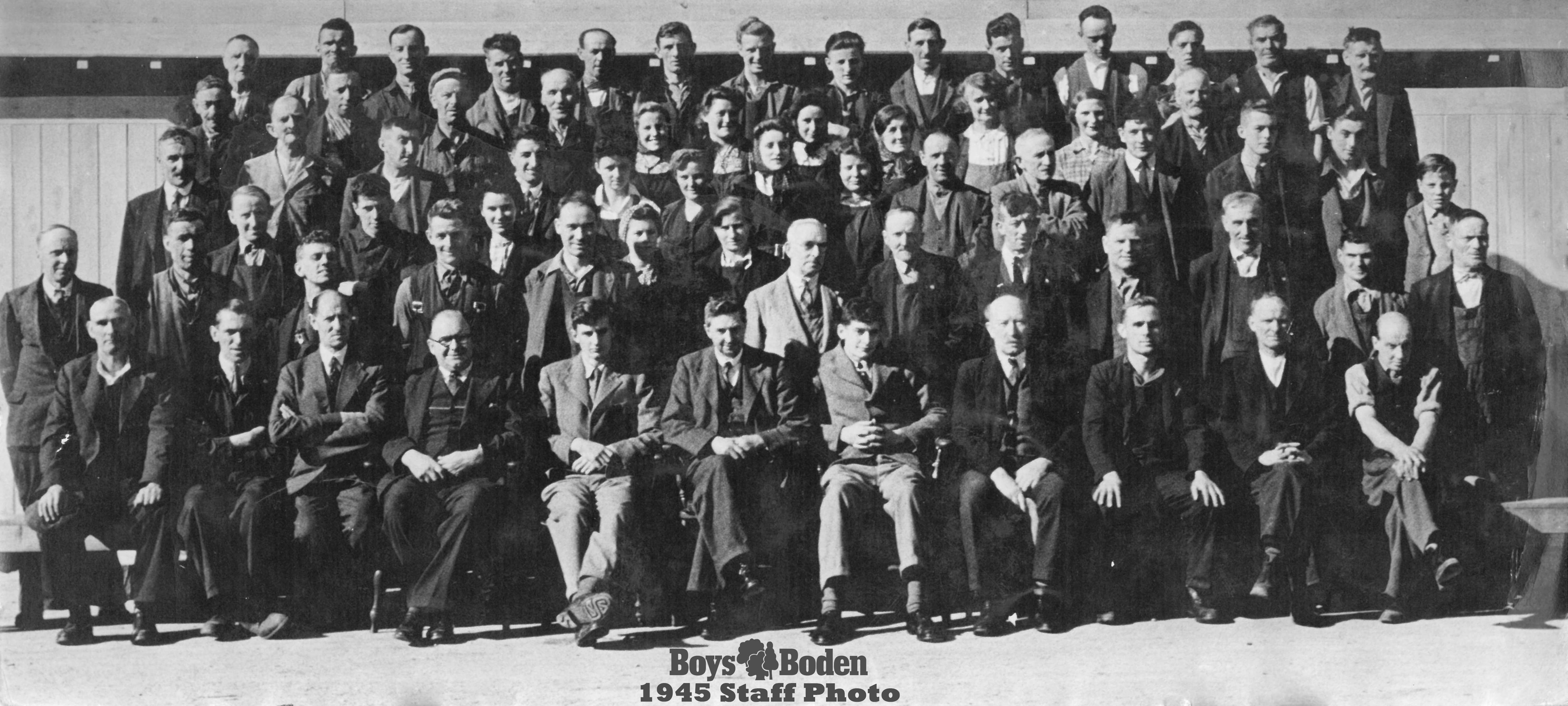what are partial fill cavity walls?
Partial fill cavity walls are a type of construction technique that involves filling part of the cavity between the inner and outer leaf of a wall with insulation material.
The remaining part of the cavity is left unfilled to allow for ventilation and drainage.
This method of wall construction is commonly used in residential and commercial buildings in areas with moderate to high levels of rainfall, as it helps to prevent water penetration and dampness while also providing thermal insulation.

Benefits
The benefits of partial fill cavity walls include:
1. Improved energy efficiency: Partial-fill cavity walls provide a layer of insulation that helps to reduce heat loss through the walls and lower heating costs.
2. Moisture control: The ventilation and drainage provided by the unfilled cavity help to prevent moisture buildup in the wall, which can lead to mould growth and other moisture-related problems.
3. Reduced condensation: The insulation layer in partial fill cavity walls helps to reduce the risk of condensation forming on the inside surface of the wall, which can cause dampness and damage to the building.
4. Structural stability: Partial fill cavity walls are designed to provide adequate support and stability to the building, while also allowing for movement and expansion.
5. Acoustic insulation: Partial fill cavity walls can help to reduce noise transmission through the wall, making the building more comfortable to live or work in.
It is important to note that partial fill cavity walls must be designed and constructed carefully to ensure proper insulation and ventilation. The insulation material used must be appropriate for the climate and building type, and the cavity must be designed to allow for adequate ventilation and drainage.







